![]() — Home — Business Articles
— Home — Business Articles
Business Articles
-

Non-paper - 4 April 2018 - Economic Update
Update เศรษฐกิจเมียนมา ช่วงเดือนมกราคม – มีนาคม ๒๕๖๑ ๑. ภาพรวมและนโยบายด้าน ศก. ๑.๑ รัฐบาลเมียนมาคาดการณ์ว่าการเติบโตทางเศรษฐกิจของเมียนมาในช่วงปีงบประมาณ ๒๕๖๐ –๒๕๖๑ จะอยู่ที่ร้อยละ ๖.๘ เนื่องจากการลงทุนจากต่างชาติ ผลผลิตจาก SMEs ที่เพิ่มขึ้น การปรับปรุงโครงสร้างพื้นฐาน ภาคการท่องเที่ยวและภาคบริการ อีกทั้งคาดการณ์ว่า เศรษฐกิจเมียนมาจะเติบโตร้อยละ ๗.๒ ระหว่างเดือนเมษายน– กันยายน๒๕๖๑ เนื่องจากพัฒนาการในภาคการขนส่ง การโรงแรมและการท่องเที่ยว และบริการด้านการเงิน โดยมีปัจจัยสำคัญ ได้แก่ (๑) กระทรวงคมนาคมและการสื่อสารเมียนมาอยู่ระหว่างการจัดทำแผนแม่บทด้านโลจิสติกส์ระดับชาติ โดยความช่วยเหลือจาก JICA เพื่อสร้างระบบโลจิสติกส์ที่มีประสิทธิภาพ สามารถรองรับการขนส่งในรูปแบบต่าง ๆ (multimodal transportation) รองรับการค้ากับต่างประเทศที่เพิ่มมากขึ้น ดึงดูดการลงทุน จาก ต่างประเทศและส่งเสริมการพัฒนาด้านอุตสาหกรรม (ตามแผนแม่บทฯสินค้าบรรทุก (cargo) ระหว่างประเทศ ของเมียนมาจะเพิ่มมากขึ้นจากปีละ ๑๖๙ ล้านตันในปี ๒๕๕๘ เป็นปีละ ๓๑๒ ล้านตันในปี ๒๕๗๓) ทั้งนี้ ภายใต้แผนแม่บทด้านโลจิสติกส์ระดับชาติมีโครงการสำคัญ ๑๖๗ โครงการ แต่ละโครงการมีมูลค่าประมาณ ๒๙ ล้านดอลลาร์สหรัฐ นอกจากนี้ รัฐบาลเมียนมามีแผนจะปรับปรุงท่าอากาศยานภายในประเทศ ๓ แห่ง ให้เป็นท่าอากาศยานนานาชาติ ได้แก่ (ก)Hehoรัฐฉาน (ข) Magweภาค Magweและ (ค) Pakokkuภาค Magweภายใต้ Belt and RoadInitiative (BRI) ของจีน เพื่อรองรับนักท่องเที่ยวจากจีนและประเทศอื่น ๆ โดยผู้สนใจจะลงทุนในโครงการภายใต้ BRI สามารถลงทุนได้ร้อยละ ๑๐๐ หรือร่วมทุนกับจีน -
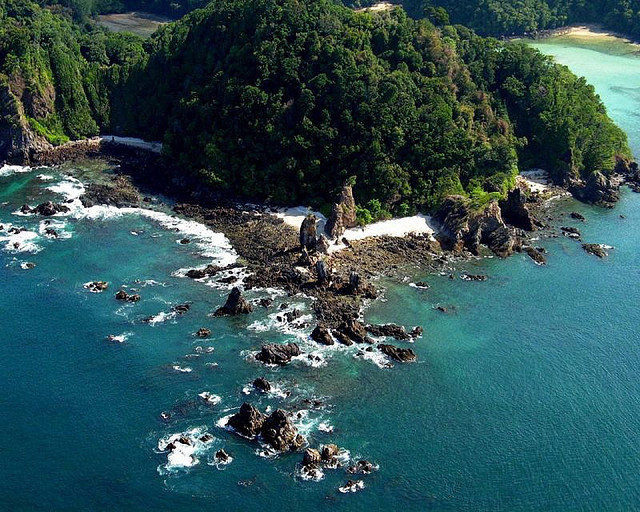
รายงานผลโครงการศึกษาพื้นที่ที่มีศักยภาพในการขยายความร่วมมือทางเศรษฐกิจ ที่ภาคตะนาวศรีและบริเวณด่านสิงขร วันที่ ๒๐ – ๒๓ กุมภาพันธ์ ๒๕๖๑
รายงานผลโครงการศึกษาพื้นที่ที่มีศักยภาพในการขยายความร่วมมือทางเศรษฐกิจ ที่ภาคตะนาวศรีและบริเวณด่านสิงขร วันที่ ๒๐ – ๒๓ กุมภาพันธ์ ๒๕๖๑ ๑. การสำรวจเส้นทาง (๑)เส้นทางถนนจากเมืองทวายไปเมืองมะริด ระยะทาง ๒๖๐ กม. ปัจจุบันใช้เวลาเดินทางโดยรถยนต์ ๖ ชม. เป็นเส้นทางสายหลักที่เชื่อมโยงเมืองทวาย ซึ่งเป็นเมืองหลวงกับเมืองมะริด ที่เป็นศูนย์กลางด้านเศรษฐกิจของภาคตะนาวศรี โดยรัฐบาลท้องถิ่นอยู่ระหว่างการปรับปรุงเส้นทาง และคาดว่าจะแล้วเสร็จภายใน ๓ ปี ทั้งนี้ เมืองมะริดเป็นที่ตั้งของท่าเรือหลักของภาคตะนาวศรี (regional port)นอกเหนือจากท่าเรือทวายและท่าเรือเกาะสอง รวมทั้งมีศักยภาพและโอกาสลงทุนสูงในด้านการประมง ฟาร์มกุ้ง การท่องเที่ยว และไฟฟ้า (๒)แนวถนนปัจจุบันที่จะสร้างถนน ๒ เลน (เชื่อมโยงเขตเศรษฐกิจพิเศษทวาย (Dawei Special Economic Zone – DSEZ) กับด่านพุน้ำร้อน จังหวัดกาญจนบุรี)ระยะทาง ๑๔๖ กม.ปัจจุบันใช้เวลาเดินทาง ๔ ชม. ๓๐ นาที (และจากด่านพุน้ำร้อนไปกรุงเทพฯ ใช้เวลาอีกประมาณ ๒ ชม.)สภาพถนนเป็นดินลูกรัง และบางส่วนเป็นคอนกรีตที่ไม่ได้รับการดูแลรักษา จึงเป็นหลุมเป็นบ่อ และตัดผ่านภูเขาจึงมีความคดเคี้ยว -
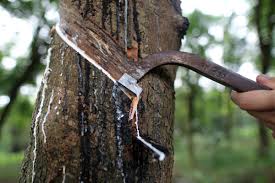
Rubber cooperation dialogue between Thailand, Indonesia, Malaysia and Viet Nam
-
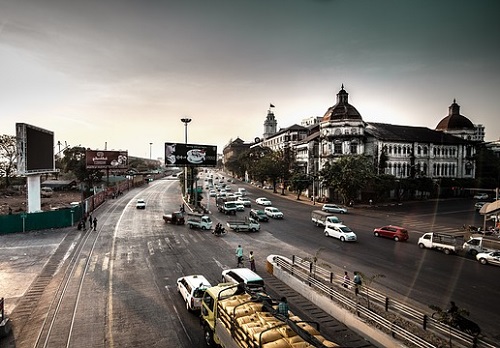
Non-paper - 11 March 2018 - Myanmar Insurance Industry
ธุรกิจประกันภัยในเมียนมา ๑. ภูมิหลัง ๑.๑ เมื่อปี ๒๕๕๖ บริษัทประกันภัยท้องถิ่นได้รับอนุญาตให้ดำเนินธุรกิจภายใต้การกำกับดูแลของคณะกรรมการกำกับธุรกิจประกันภัย (Insurance Business Regulatory Board – IBRB) ขณะนี้ IBRB โดยความช่วยเหลือจากธนาคารโลกและ Asian Development Bank (ADB)อยู่ระหว่างการจัดทำกฎหมายประกันภัยฉบับใหม่เพื่อให้ธุรกิจประกันภัยในเมียนมาได้มาตรฐานสากล ทั้งนี้เมื่อปี ๒๕๖๐ ผู้ประกันภัยท้องถิ่นและ IBRB ได้ร่วมกันก่อตั้งสมาคมประกันภัยเมียนมา(Myanmar Insurance Association – MIA)เพื่อสนับสนุนการพัฒนาตลาดประกันภัย โดย MIA เริ่มดำเนินกิจกรรมช่วงปลายปี ๒๕๖๐ นอกจากนี้ ยังได้มีการก่อตั้งคณะกรรมการคัดเลือกผู้ประกันภัยต่างชาติ (Selection Board for Foreign Insurers) เพื่อเตรียมการเปิดเสรีสาขาประกันภัยด้วยแล้ว อนึ่ง ปัจจุบัน นาย Maung Maung Win รัฐมนตรีช่วยว่าการกระทรวงวางแผนและการคลัง เมียนมาเป็นประธานIBRB และคณะกรรมการคัดเลือกผู้ประกันภัยต่างชาติ และ Dr. San Dar Ooผู้จัดการบริษัท Myanma Insurance เป็นประธานMIA -
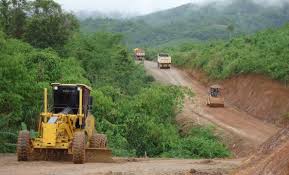
Non-paper - 18 Jan 2018 - Investment Opportunities in Infrastructure in 2018
Overview While Myanmar’s economic growth is projected to sustain its momentum in the future, there is huge need for large-scale investment ininfrastructure. In particular, infrastructure projects covering road, bridge and railway construction, housing, connectivity, electricity and water supply, healthcare, education and tourism, are of immediate need for Myanmar to sustain its economic growth. Myanmar urgently needs to close its infrastructure gap, to further integrate with the world economy, and to collaborate with neighboring countries, in order to maximize its economic growth from the ASEAN Economic Community (AEC) and China’s One-Belt-One-Road Initiative. The Asian Development Bank (ADB) stated that Myanmar’s infrastructure gap from now to 2030 is worth US$120 billion. Thus, the government is accelerating its implementation of infrastructure projects, particularly on roads, bridges, railways, ports, airports, energy and power, industrial parks, economic zones, and logistics. The government welcomes investors to invest in infrastructure improvement projects under the Build-Operate-Transfer (BOT) or other Public Private Partnership (PPP) agreement. -
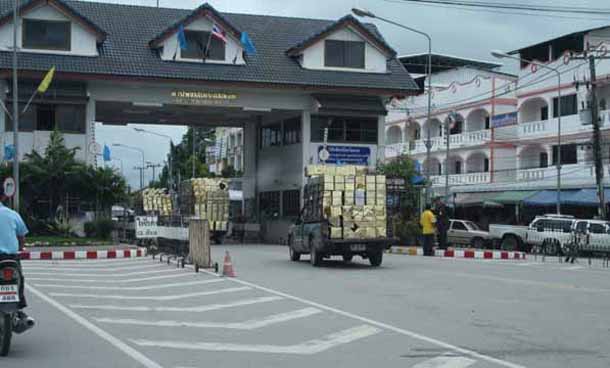
Non-paper - 2 Feb 2018 - Thai-Myanmar Trade in 2560
สำหรับการค้ารวมในปี 2560เมียนมาเป็นคู่ค้าอันดับที่ 19 ในลําดับความสําคัญของประเทศคู่ค้าของไทยในช่วง 5 ปีที่ผ่านมา (2556 - 2560 ม.ค.-พ.ย.) การค้าระหว่างไทยกับเมียนมามีมูลค่าเฉลี่ยประมาณปีละ 7,285.4 ล้านเหรียญสหรัฐในปี 2560 ไทยได้ดุลการค้า 1,709 ล้านเหรียญสหรัฐฯลดลงจากช่วงเดียวกันของปีก่อนร้อยละ 5.4 ที่ไทยได้ดุลการค้า 1,823 ล้านเหรียญสหรัฐโดยล่าสุด ในปี 2560 (ม.ค.-พ.ย.) มูลค่าการค้ารวมของสองประเทศ 6,179 ล้านเหรียญสหรัฐฯแบ่งออกเป็นมูลค่าการส่งออกจากไทยไปเมียนมา 3,944 ล้านเหรียญสหรัฐฯและมูลค่าการนำเข้าของไทยจากเมียนมา 2,235 ล้านเหรียญสหรัฐโดยไทยได้ดุลการค้า 1,709 ล้านเหรียญสหรัฐฯ -
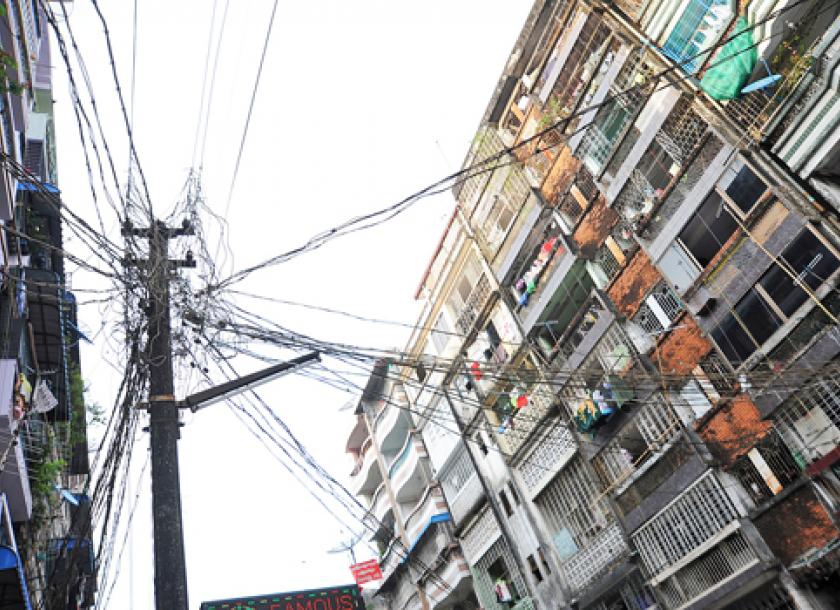
Non-paper - 16 Jan 2018 - Investment Opportunities in Electricity Sector
Myanmar faces a shortage of electricity supply to meet the demands of industry and private citizens. As such, the government drew up national energy policies to fulfill the nation’s energy needs, which is projected to grow 13 – 15 percent per year. At present, Myanmar’s energy demand is 30% more than the available supply, and only 38 percent of households in Myanmar are electrified. This insufficient electricity supply results in businesses being reliant on private generators to supply electricity during power shortages. Development of Myanmar’s energy infrastructure is one of the essential requirements for Myanmar’s sustained economic growth. Thus, there are ample opportunities for both the local private sector and foreign investors to invest in power generation, transmission, and distribution in Myanmar. -
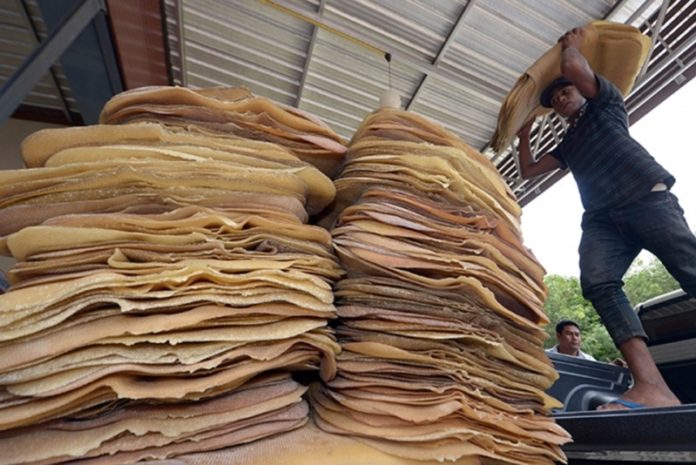
Press Release - 8 Feb 2018 - Thailand Indonesia Malaysia Agreed Export Tonnage Scheme
The International Tripartite Rubber Council (ITRC) comprising Thailand, Indonesia, and Malaysia are serious on the implementation of AETS during a three month period from January – March 2018. H.E. Mr. GrisadaBoonrach, Minister of Agriculture and Cooperatives (MOAC), Thailand, stated that Thailand is the biggest producer and exporter of natural rubber (NR) in the global market. Due to depressed NR prices, Thailand, Indonesia, and Malaysia agreed to jointly implement the AETS with a total export cutback of 350,000 MT. The implementation of AETS by ITRC will immediately decrease NR supply in the global market and have a positive impact on NR prices. In the implementation of AETS, ITRC member countries will be governed by the following: (1) Thailand will be governed by the Rubber Control Act B.E. 2542 (A.C. 1999); (2) Gabungan Perusahaan Karet Indonesia (GAPKINDO) and Ministry of Trade, Indonesia, will implement the AETS; and (3) Malaysia will be governed by the Rubber Price Stabilization Act 1975 under the Malaysian Rubber Board. -
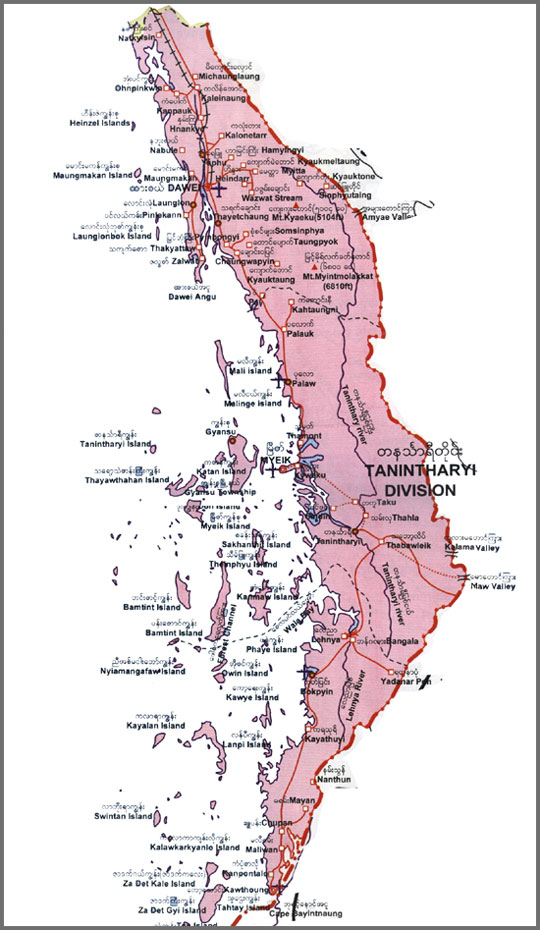
Non-paper - 25 Jan 2018 - Overview of Tanintharyi Region
Tanintharyi Region Profile: Location: Southern Myanmar Shared borders:Mon State to the north, Andaman Sea to the west, and Thai border to the east and southeast Area: 43,345 sq.km Ethnicity:Previously known as Tenasserim Division and later renamed as Tanintharyi Region. Tanintharyi is not home to a dominant minority ethnic group, hence, the basis for its classification as a region. It’s inhabited by Barmar, Dawei, Rakhine, Mon, Shan, Burmese-Thai, Kayin, Salone and Malay people. Most of the population in TanintharyiRegion speak the Myanmar language. Religions: Buddhism 87.10%, Christianity 7.20%, Islam 5.10% and Hinduism 0.10% Population: 1,406,434 (Myanmar National Population and Housing Census 2014) Population density: 32 persons per square kilometer. The population in December 2012 was 1,713,447 people. -
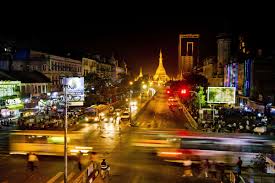
Non-paper - 13 Jan 2018 - Myanmar Economic Forecast for 2018
Myanmar Economic Forecast for 2018and Economic Update Overview: Myanmar’s economy is expected to recover in 2017/2018 due to the notable reforms and strong foreign investment flowing into the country. In 2017, the government pursued a prudent fiscal policy, which includes passing a new tax law, granting permission for additional foreign banks to operate in Myanmar, and liberalizing the investment law to attract more foreign direct investment. However, the recent escalation of tension in Rakhine State and insufficient information on thegovernment’s economic agenda may slow down investment, as investors prefer to wait for a clearer economic policy. As such,the business community has called on the government to be more decisive and efficient in implementing reform in 2018, in order to attract investors who want to see a stronger leadership and clearer direction from the government in liberalizing various sectors, accelerating reforms on tax, land, and infrastructure, and implementing the new Companies Law as soon as possible.
Copyright © 2014 Business Information Center All Rights Reserved.







